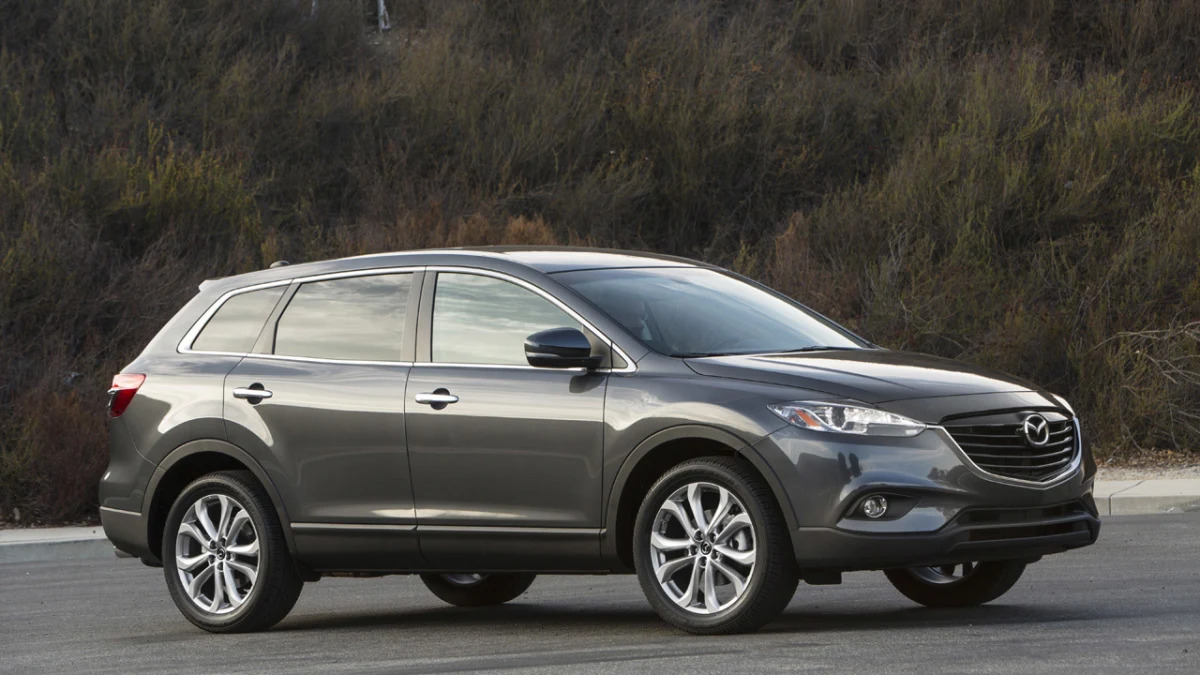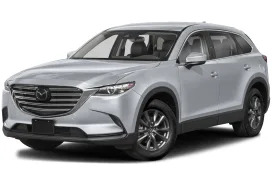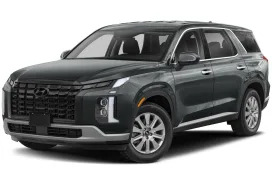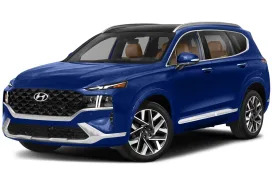One of the most common questions I get asked as a car dealer and auto auctioneer is, "When is the best time to buy a new car?" The answer is usually the time period between Labor Day and the middle of November. That's because this is when new car dealers and the manufacturers are trying to get rid of their current-model-year vehicles to make way for a small army of 2016 models. Rebates, incentives, cheap financing, and overstocks of unpopular models all help create the liquidity needed to turn the old inventory into a new set of wheels for the buying public – often at a very reduced price.
But sometimes the "old" new car isn't a better pick than the "new" new car. It depends on a lot of factors, including the car in question and the differences from one model year to the next. I recently received an email from Jeff, who is interested in the Mazda CX-9 and asks whether he should buy a 2015 model or wait for the new version that will debut soon in LA. I'll use his as the example case.
Length of Ownership
The longer you own a vehicle, the less model year depreciation will be an issue. For example, the difference in value between a five-year-old Mazda 6 and a six-year-old version is about $1,500 according to the Manheim Market Report ($5,600 vs. $4,100). But if you look at the difference between 10-year-old and 9-year-old versions of that same vehicle, the price difference shrinks all the way down to $200. Because Jeff plans to own his new crossover for many years, the 2015 model wins in this category.
But sometimes the "old" new car isn't a better pick than the "new" new car. It depends on a lot of factors, including the car in question and the differences from one model year to the next. I recently received an email from Jeff, who is interested in the Mazda CX-9 and asks whether he should buy a 2015 model or wait for the new version that will debut soon in LA. I'll use his as the example case.
Length of Ownership
The longer you own a vehicle, the less model year depreciation will be an issue. For example, the difference in value between a five-year-old Mazda 6 and a six-year-old version is about $1,500 according to the Manheim Market Report ($5,600 vs. $4,100). But if you look at the difference between 10-year-old and 9-year-old versions of that same vehicle, the price difference shrinks all the way down to $200. Because Jeff plans to own his new crossover for many years, the 2015 model wins in this category.
Rebates and Incentives
The current CX-9 has a $4,000 cash incentive from Mazda. This is in part because Mazda still has quite a few left over. That $4,000 rebate for the current model is already coupled with even stronger discounts at the dealer level for those leftover 2015 models. TrueCar is showing that a loaded 2015 model can be had for $7,000 off the sticker at $28,600. You may even be able to beat that price by negotiating the deal yourself.
Another thing to consider is that new models tend to be in high demand when they launch, which means that your purchase price will likely be substantially higher with the new model than it will with a leftover 2015. Again, financially speaking, this is a vote for the 2015 model.
New Stuff
It's also important to weigh what new features will come along with the updated model and how important they are to you. We'll have to wait until the next CX-9 is fully unveiled to know all of the details, but we are expecting a new engine to replace the current naturally aspirated V6. The car will be lighter with a more efficient powertrain, so fuel economy will undoubtedly improve. However, most new vehicles carry a slew of advanced powertrain components (engines, transmissions, emissions equipment) that can become more costly and complicated to maintain as they age. The pull towards better fuel economy often has the unintended effect of pushing the envelope of long-term reliability in the other direction. This ties back in with how long you intend to keep the car.

All things being equal, a vehicle in its last year of production like the CX-9 tends to fare better than a new generation that hasn't had the same time to overcome quality issues. The chronic engine issues that plagued the then-new Mazda CX-7 a few years ago were a classic example of this.
If you're a keeper instead of a trader when it comes to cars, it's probably worth buying the tried and true instead of the fashionable and unproven. If you're into new technology and don't plan to keep the car too long, a new model can suit you better. Just be sure to consider more then just the initial purchase price.







Sign in to post
Please sign in to leave a comment.
Continue